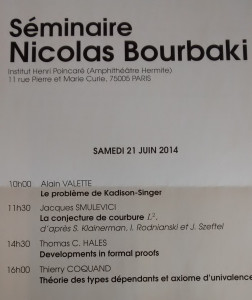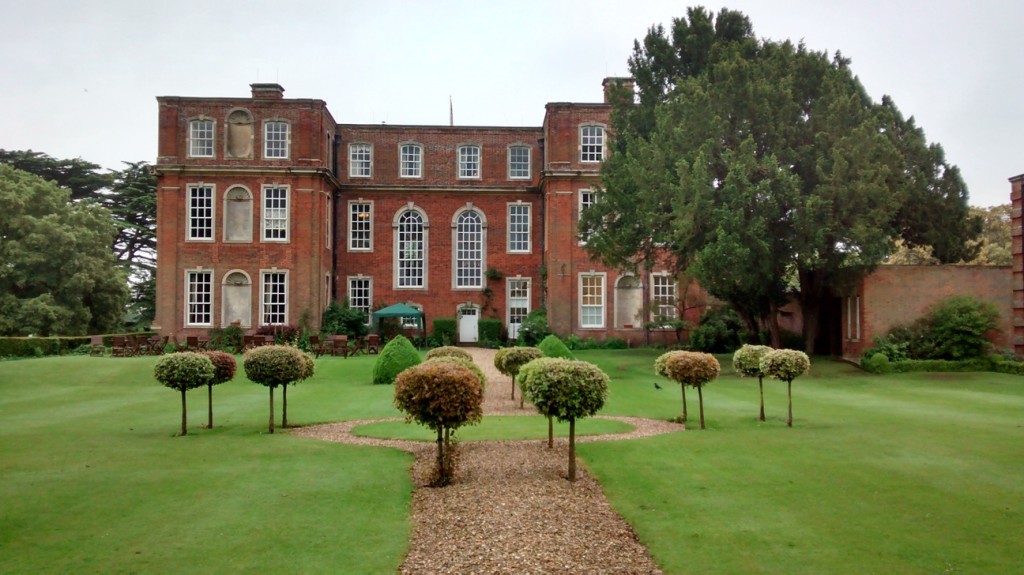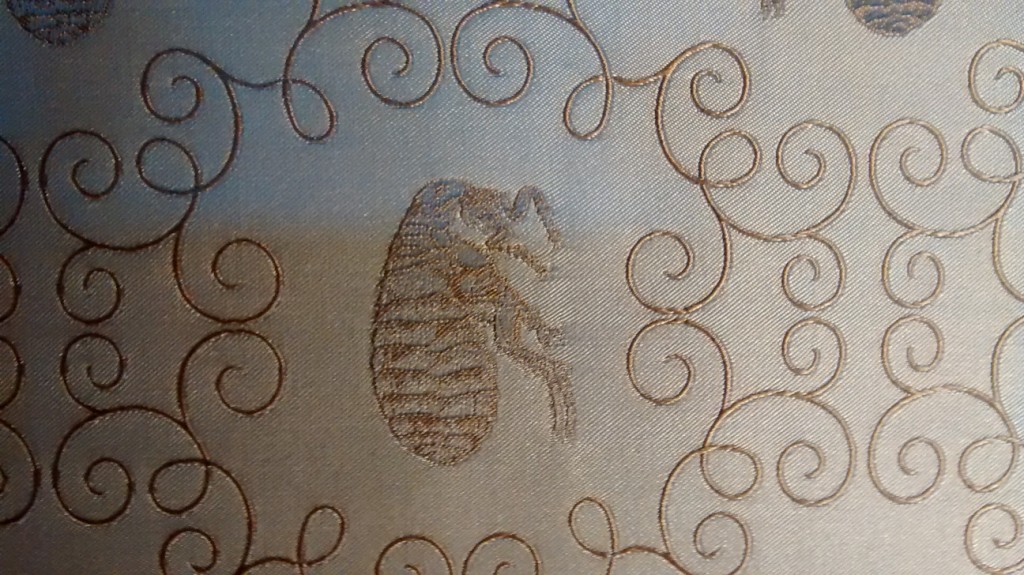As pointed out by Philippe, this abstruse goose cartoon shows that analytic number theory is now part of the Zeitgeist.
Category: Mathematics
IHÉS summer school online
The IHÉS Summer School on analytic number theory that I co-organized with Philippe Michel ended a few days ago. Even if the weather did not cooperate (rain, scorching heat, gloomy clouds), I think it went very well, although this is of course more for the participants to say…
I certainly learnt things myself, especially in the course of K. Soundararajan, who discussed (among other things) some recent works of his with M. Radziwiƚƚ that I had intended to read, without finding the time…
My own lectures were on trace functions over finite fields. It was the first occasion I’ve had to give more than one talk on this topic, and I used the opportunity to see which ideas could work for a good presentation of the basic ideas to analytic number theorists. I’m quite happy with the outcome, and this will be very useful since I will give courses on the subject during the next two semesters, which should provide at least some amount of notes and drafts for the book that É. Fouvry, Ph. Michel and mysefl are hoping to write.
For those who could not attend the event (which is probably a fair number of people, in view of the fact that an unfortunate independent-scheduling event led to it being simultanenous with the ENFANT/ELEFANT conference organized by L. Pierce and D. Schindler in Bonn), it is quite nice that the whole programme was filmed and is now available on Youtube on the IHÉS channel! (The ordering of the videos is a bit strange, but it is easy to use the descriptions to watch, for instance, all four of Sound’s lectures one after the other).
Bourbaki seminar online
Whenever I can, I like to attend the Bourbaki Seminar in Paris, but that’s not always feasible.

Of course, even without being present, the written text of the seminar is always available later to learn what the talks were about. But, especially when the subject is not close to something I know, it’s often much better to have seen first a one-hour presentation which distills the most important information, which may well be a bit hidden in the written text for non-specialists. So it is rather wonderful to see that, since last March, the lectures of the Bourbaki seminar are recorded and made available on Youtube on the channel of the Institut Henri Poincaré.
Here is the playlist for the March seminars, with lectures by Golse (on Bolztmann’s equation), Bolthausen (spin glasses), Benoist (curves on K3 surfaces) and myself (guess…), and here that of last Saturday, with lectures by A. Valette (the Kadison-Singer problem), Smulevici (general relativity), Hales (formal proofs) and Coquand (dependent type theory and univalent foundations; with Voevodsky, who was present, explaining at the end his choice of the word “univalent”).
The links to the videos (as well as links to the texts) can also be found on the web page of Bourbaki.
(There was also mention that the seminar was streamed as it happened, but I don’t know if that’s really the case; if yes, will fashionable bars in Manhattan and Princeton start opening at 4 A.M. on selected Saturdays to offer croissants, coffee, cognac, and the Bourbaki talks?)
Leo’s first theorem
I learnt the following from my son Léo: the teacher asks to compute ; that’s easy
But no! The actual question is to compute times
! We must correct this! But it’s just as easy without starting from scratch: we turn the “plus” cross a quarter turn on the left-hand side:
and then switch the digits on the right-hand side:
This is a fun little random fact about integers and decimal expansions, certainly.
But there’s a bit more to it than that: it is in fact independent of the choice of base , in the sense that if we pick any other integer
, and consider base
expansions, then we also have
as well as
(where we underline individual digits in base expansion.)
At this point it is natural to ask if there are any other Léo-pairs to base
, i.e., pairs of digits in base
such that the base
expansions of the sum and the product of
and
are related by switching the two digits (where we always get two digits in the result by viewing a one-digit result
as
).
It turns out that, whatever the base , the only such pairs are
and the “degenerate” case
.
To see this, there are two cases: either the addition leads to a carry, or not.
If it does, this means that where
. The sum is then
So this is a Léo-pair if and only if
This equation, in terms of and
, becomes
which holds if and only if . Since the factors are integers and non-negative, this is only possible if
, which means
, the solution found by Léo.
Now suppose there is no carry. This means that we have and
. Then
and we have a Léo-pair if and only if
i.e., if and only if .
This is not an uninteresting little equation! For a fixed (which could now be any non-zero rational), this defines a simple quadratic curve. Without the restrictions on the size of the solution
, there is always a point on this curve, namely
This does not fit our conditions, of course. But we can use it to find all other integral solutions, as usual for quadratic curves. First, any line through intersects the curve in a a second point, which has rational coordinates if the line is also defined by rational coefficients, and conversely.
Doing this, some re-arranging and checking leads to the parameterization
of the rational solutions to , where
is an arbitrary non-zero rational number. In this case, this can also be found more easily by simply writing the equation in the form
Now assume that is an integer, and we want
to be integers. This holds if and only if
is an integer such that
.
Such solutions certainly exist, but do they satisfy the digit condition? The answer is yes if and only if , which means
, giving the expected degenerate pair. Indeed, to have
, the parameter
must be a negative divisor of
. We write
with
positive. Then to have non-negative digits, we must have
the first one of these inequalities means , while the second means that
…
Chicheley Hall meeting
Just after the end of the semester last week, I went to a short meeting organized by J. Keating, Z. Rudnick and T. Wooley, in the stately English house of Chicheley Hall,
where the Royal Society has a conference center. This was quite a fun occasion, and not only because the curtains had one the most interesting decorative pattern I have seen during years of extensive study:
The talks were only 30 minutes long; because of this and the absence of blackboards, they were all beamer talks, and I’ve uploaded my slides here. They might be useful even for participants in the meeting, since I only had time to cover the first 60% or so of what I had planned, which was a survey of my most recent work with É. Fouvry and Ph. Michel (available here, and which I hope to discuss in more detail in a later post)…

